History Of Grand Bazaar

Istanbul is one of the most important and famous tourist destinations in the world. It is visited by tourists of different nationalities and religions throughout the year, and it is a large city divided between the continents of Asia and Europe, and it has a long history and original civilization, in addition to its modernity and rapid urban development.
Istanbul is one of the largest tourist cities in Turkey and the second-largest city in the world in terms of population, as Istanbul has a population of 15 million and 29 thousand people.
Istanbul is a dream destination for many travelers and tourists around the world, here East and West meet, in this city that hides many sites of history, culture, landmarks, architecture, food, old buildings, and other places that fascinate tourists and make them repeat the experience of visiting Istanbul from time to time.
Istanbul's markets attract tourists to it due to the diversity of its goods and its high quality, and the prices of goods are cheap and competitive compared to the rest of the world markets. The city of Istanbul extends over a wide area of land, and the markets of Istanbul vary greatly, between old, modern, and sophisticated folk markets, commercial malls, wholesale markets, and popular markets in which all have various investment options, but some Istanbul stores have special features that made it distinguished from others.
One of the most famous markets of Istanbul, which is popular with tourists from all over the world, is the Grand Bazaar.
Read Also: What are the best investment options in Istanbul?
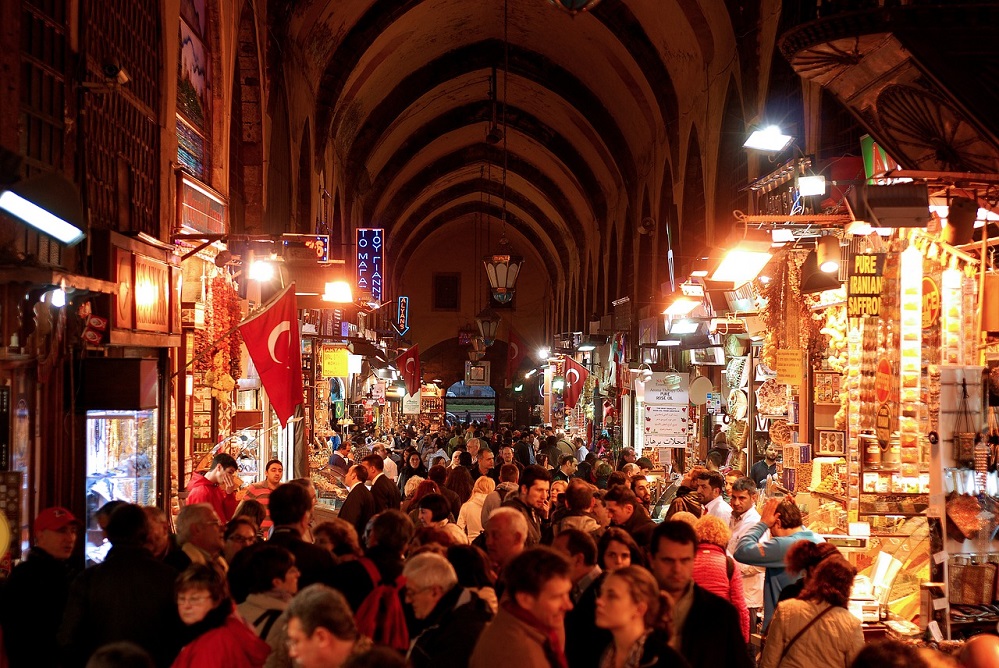
History Of The Grand Bazaar
There are two treatises on the essential part of the Grand Bazaar called İç Bedesten: Some claim that it was built from scratch by the Conqueror Sultan Mehmed in 1461, and some were built on a Byzantine building. However, it is considered the official establishment of the Grand Bazaar in 1461.
In the following years, with the additions made by various Ottoman sultans, the bazaar expanded as it expanded and developed into a complex of 31,000 square meters with 61 streets and around 4,000 stores. At that time, the Grand Bazaar was mostly built of wood and was constantly at risk of fires.
The first fire broke out in 1546, then has survived many fires, five of which were significant, over the years. The Grand Bazaar was being rebuilt from scratch every time there was a big fire, and it was exposed to many devastating earthquakes, especially the earthquake in 1766.
During the period of Mustafa II, the bazaar was restored and the Beyazit and Nuruosmaniye gates were added, which bear the characteristics of the Tulip era.
In 1894 it became unusable after a major earthquake. During this period, trade came to a halt when the Grand Bazaar could not be used. The bazaar took its current form which was rebuilt with financial assistance from Sultan Abdul Hamid II.
Products from all lands under the Ottoman Empire, the Silk Road, and Asia were sold in this bazaar.
According to the 1880 census, it is mentioned that there are 4,399 shops, 2 covered bazaars, 24 inns, 1 bath, a cemetery, 1 mosque, a public fountain, 8 wells, 2 fountains, 16 fountains in the Grand Bazaar. From these documents, we see that many of the buildings did not survive.
The Covered Market includes an unlimited number of shops, whose goods vary between antiques, weapons, copper tools, and antiques. You will also find dazzling shapes of silk carpets, jewelry, gold, precious stones, clothes of all kinds, valuable souvenirs and wonderful spices.
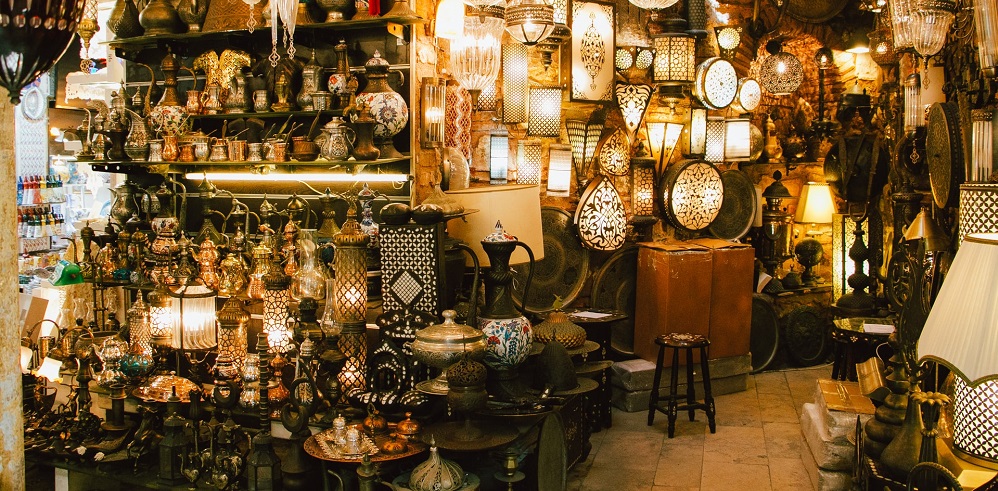
You cannot be mistaken with the large market location in Istanbul, as it is located in the historical Fatih district, and Fatih was one of the first areas established in Istanbul. The Fatih region contains many monuments of the civilizations and cultures that have annexed it during thousands of years through time, and it is the most important historical, tourist, and commercial center in Istanbul.
Fatih district in Istanbul contains a large number of archaeological and historical sites, starting with Fawzi Pasha Street, the most important street in the Fatih area, which contains many shops, restaurants and cafes.
As for the Al-Fatih Mosque; Sultan Mehmed the Conqueror ordered its construction on the most beautiful hills in Istanbul by the famous architect Mimar Sinan. Fatih area is one of the areas overlooking the famous Bosphorus.
The Bosphorus is the waterway linking the Black Sea and the Sea of Marmara, and it divides the city of Istanbul into two parts, one part in the European continent and the other part within the Asian continent.
To learn about the Bosphorus bridges in Istanbul, read the following article: Pearl Of Istanbul, Bosphorus!
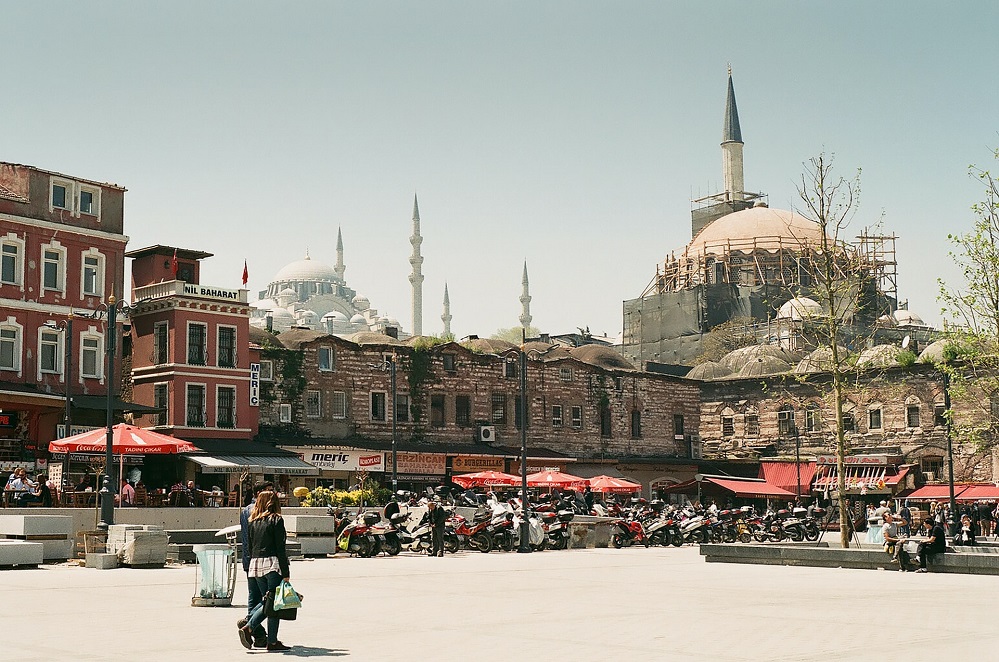



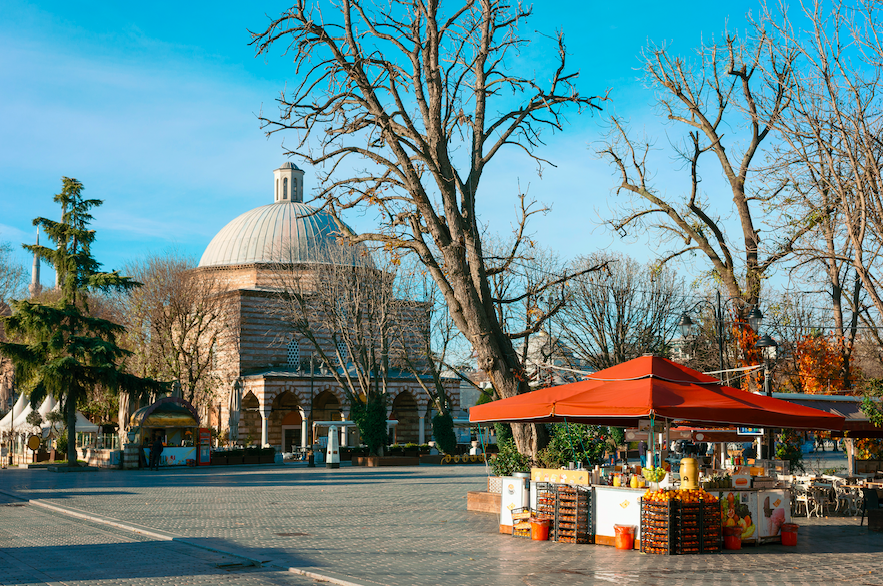
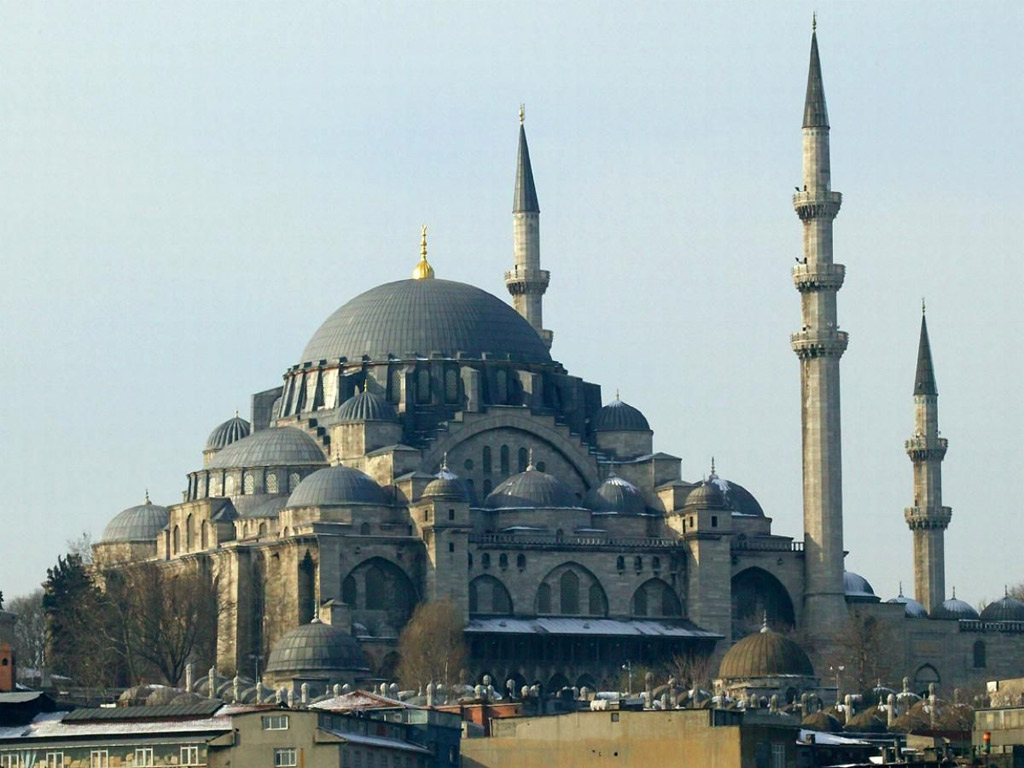


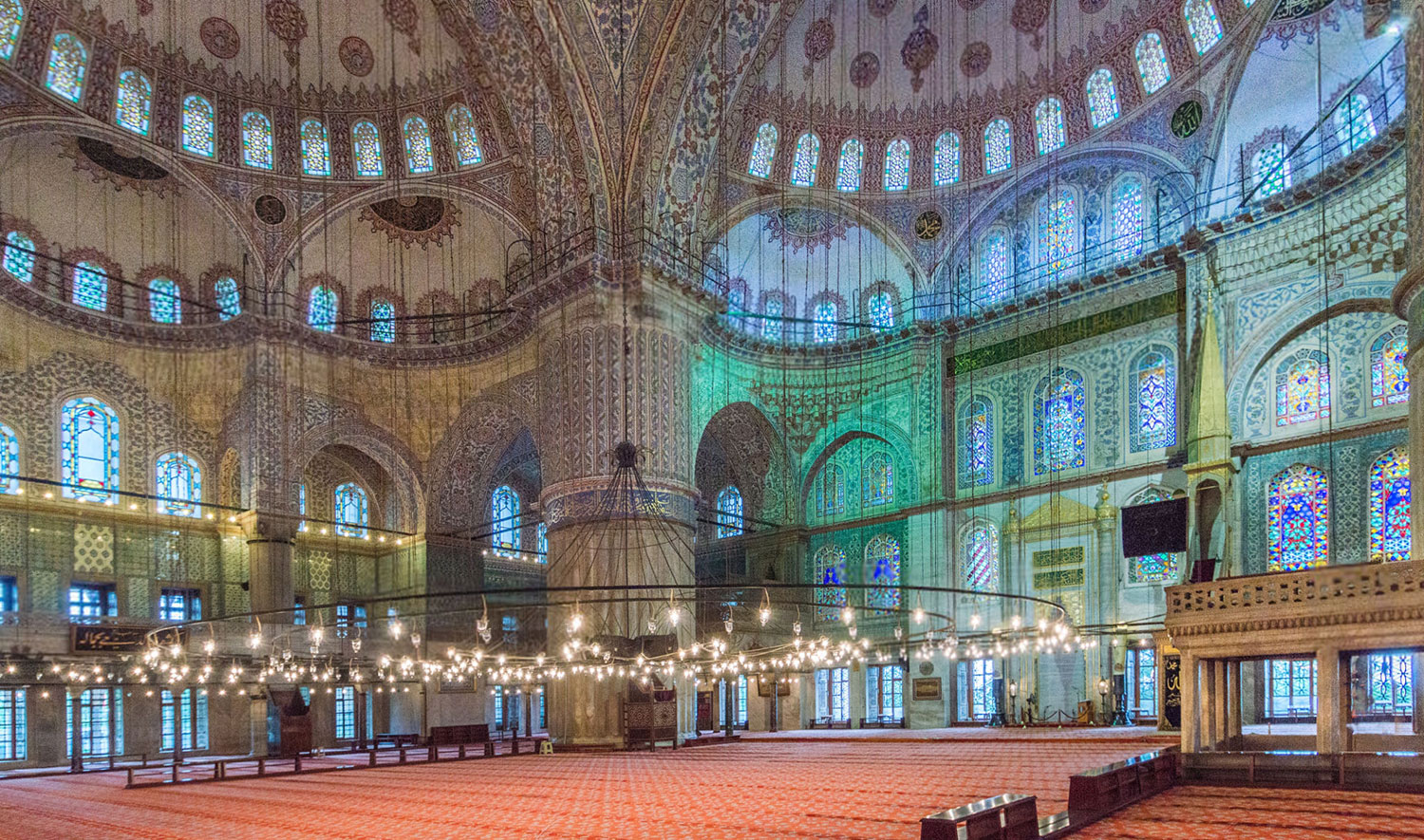
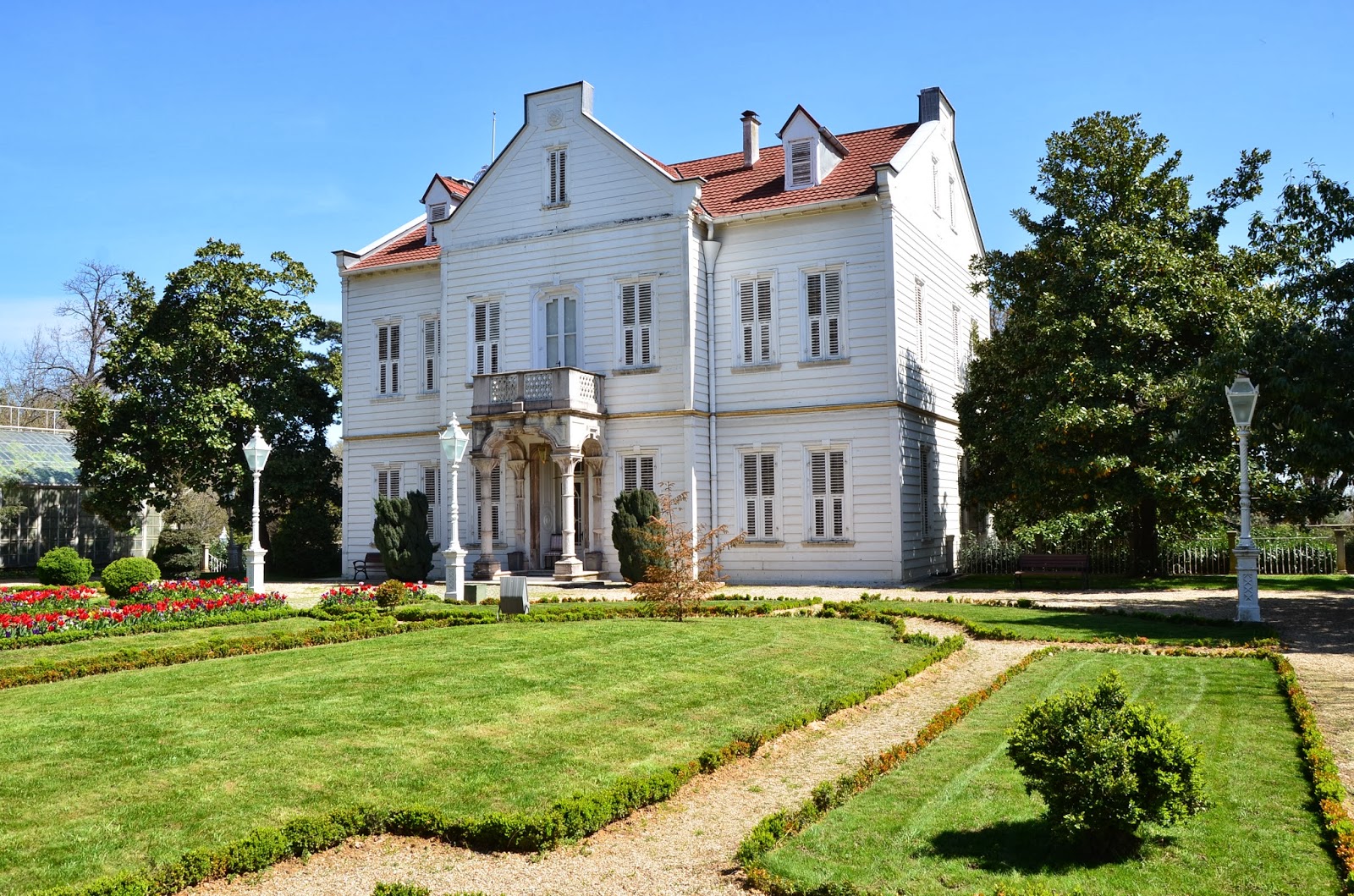

.jpg)

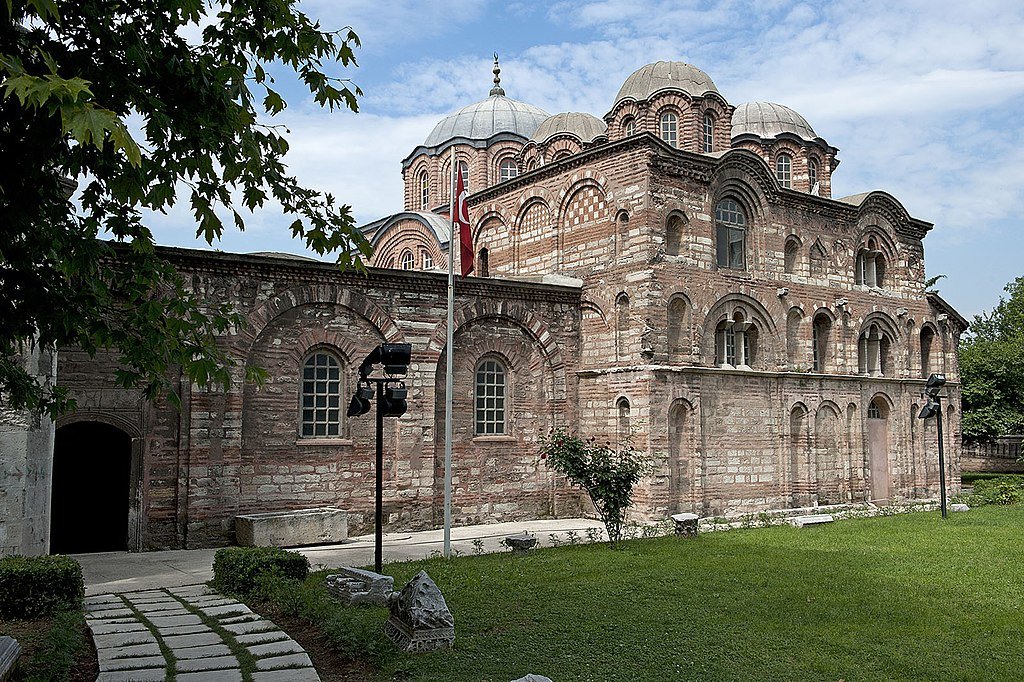

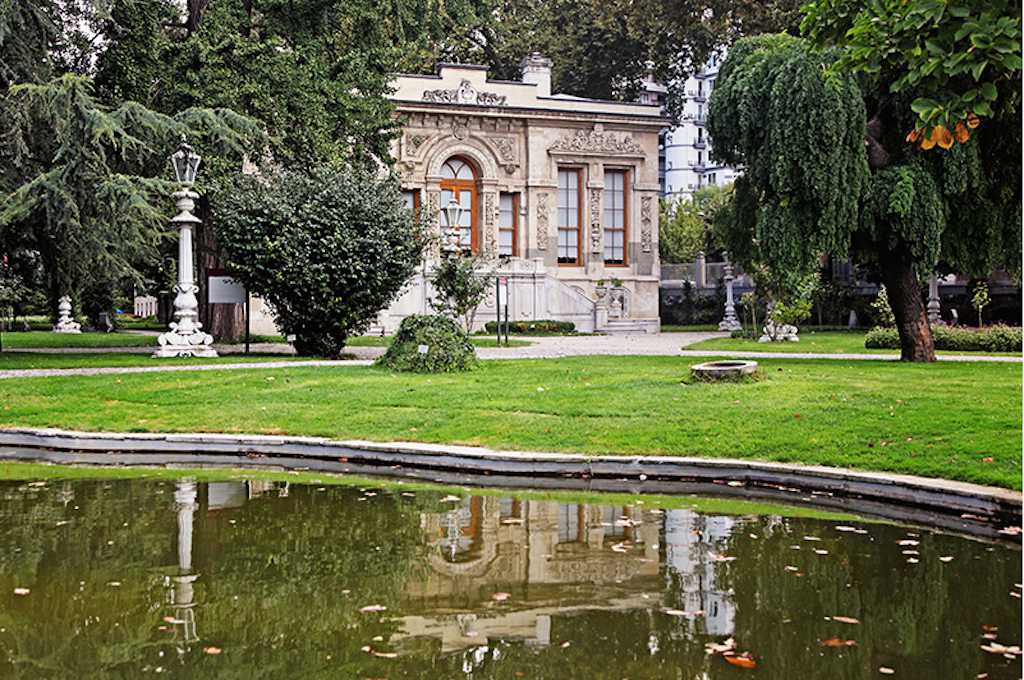
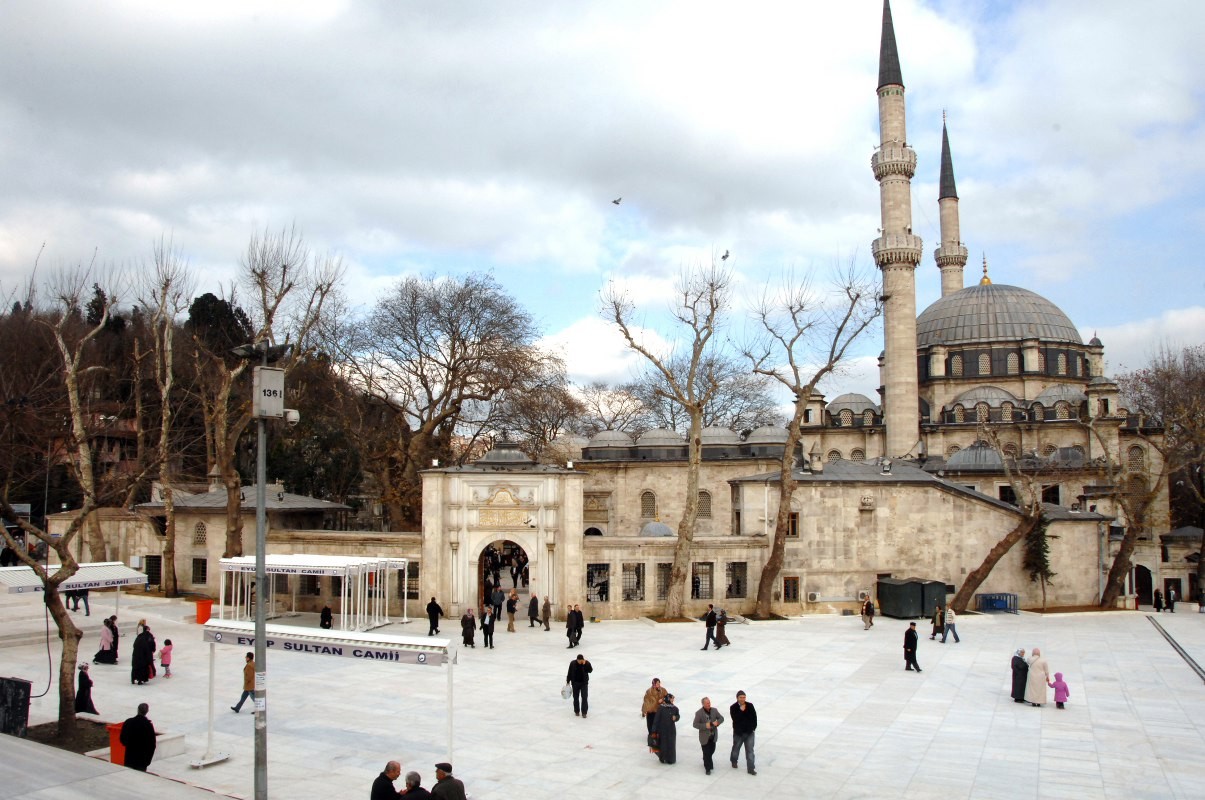
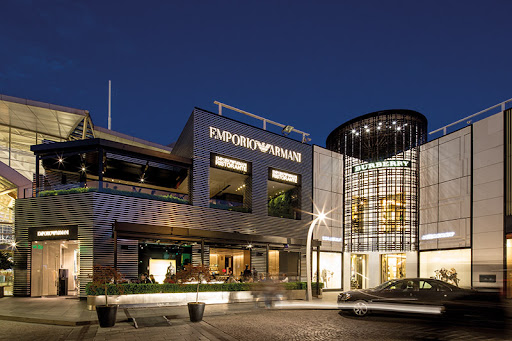
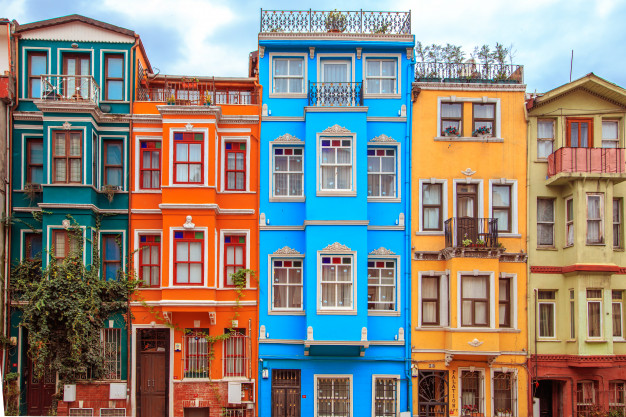


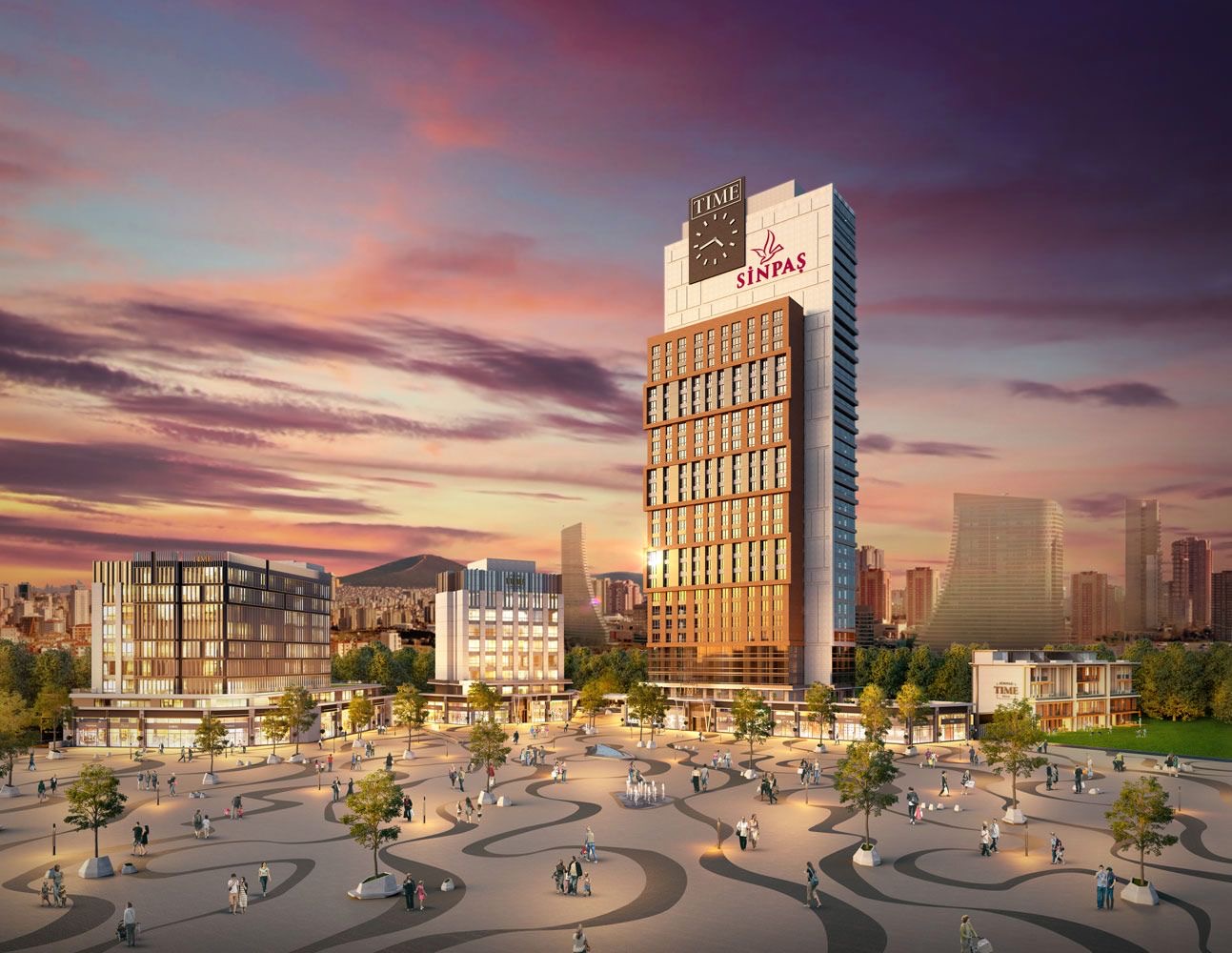

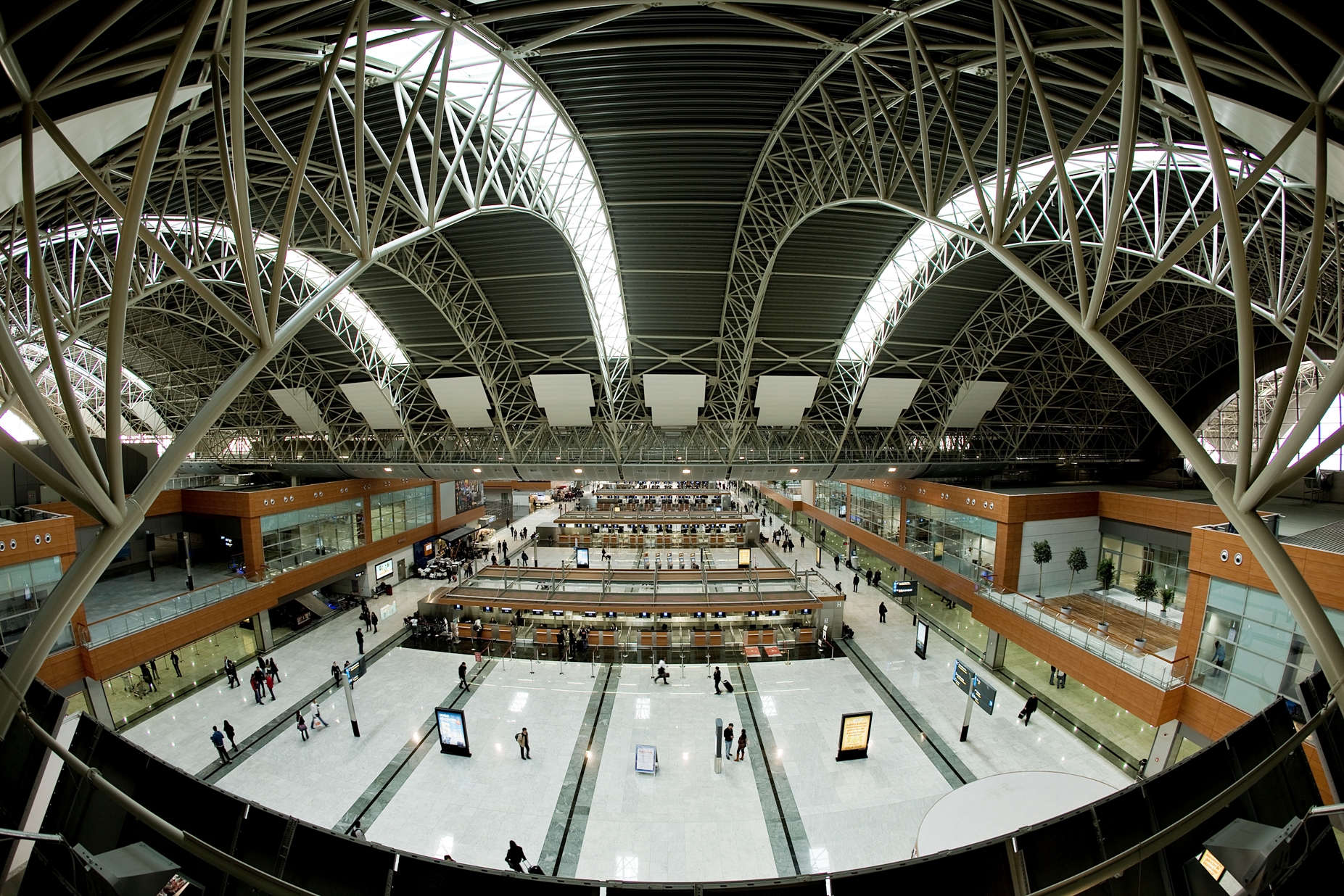

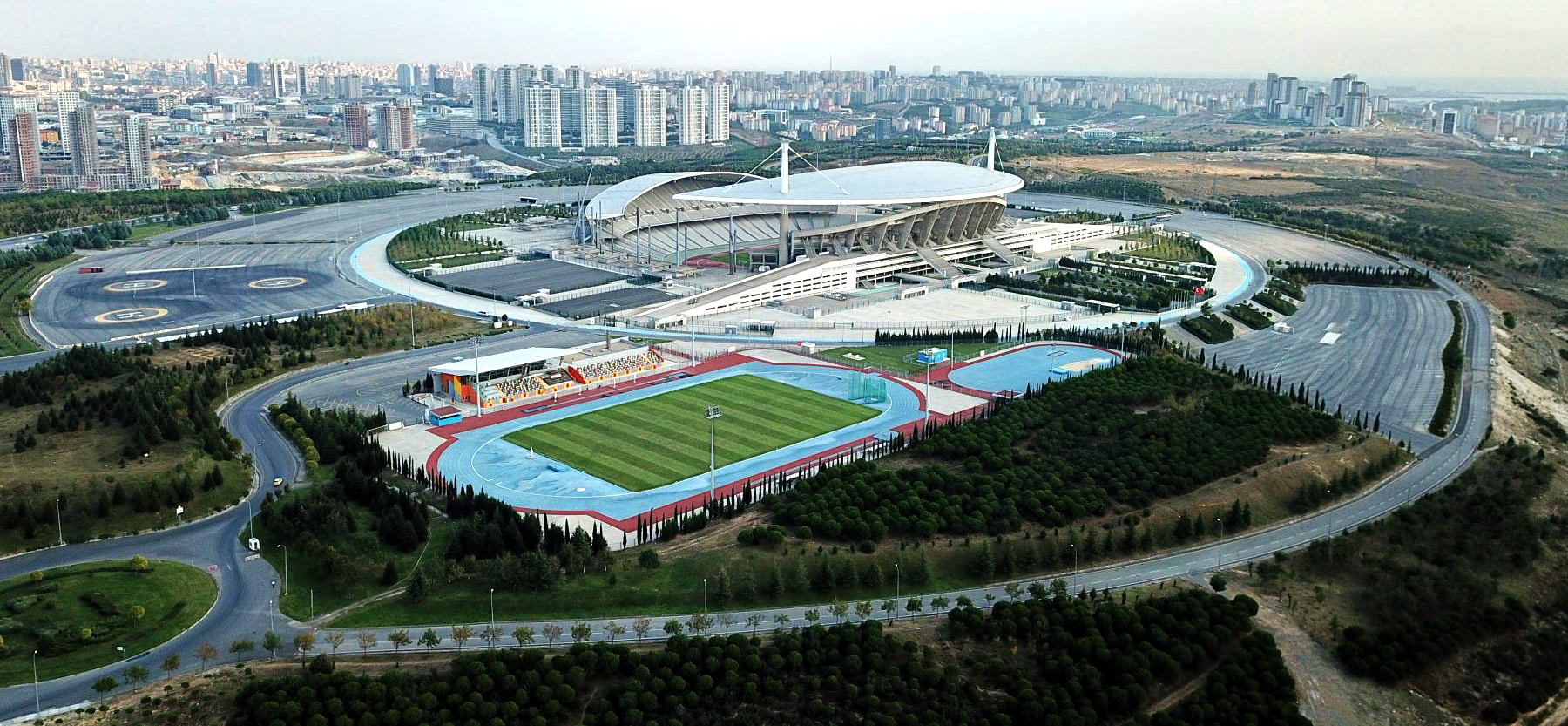
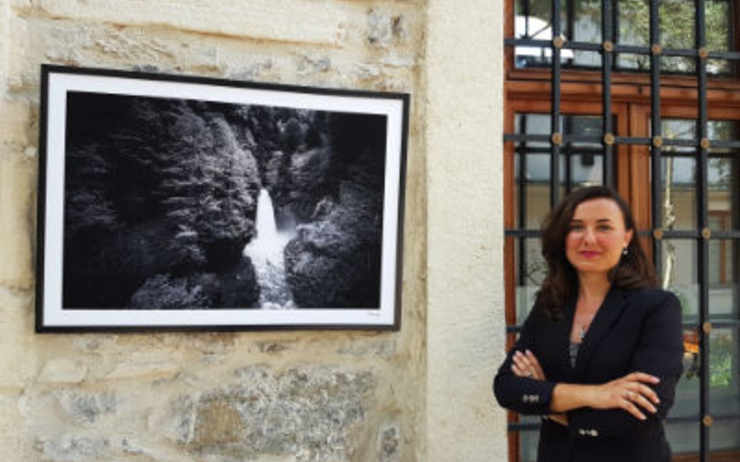
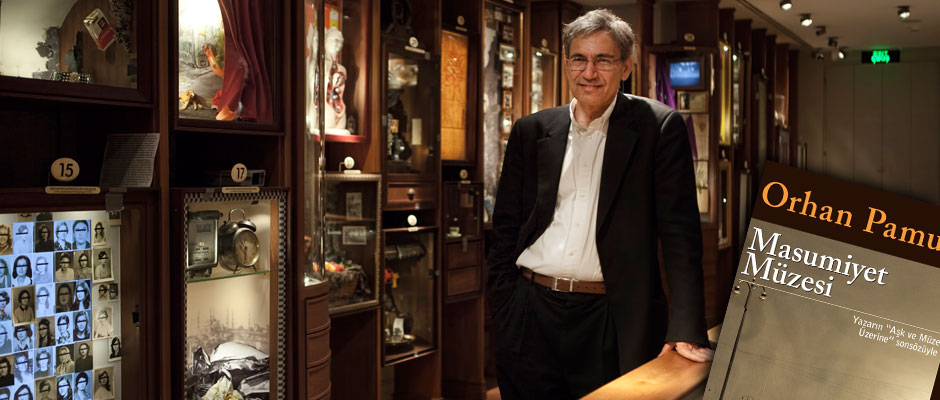


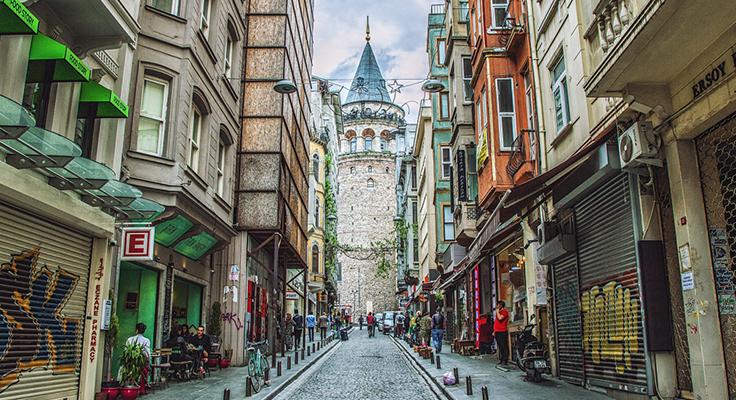
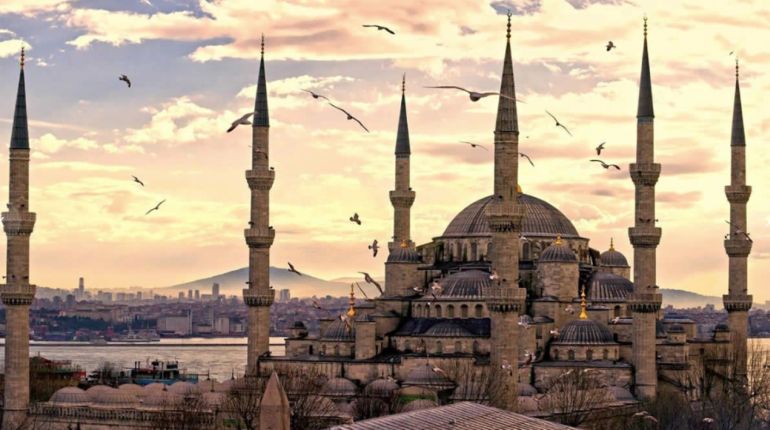
More posts by Gokce Nacar